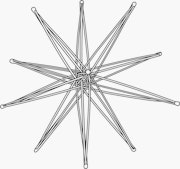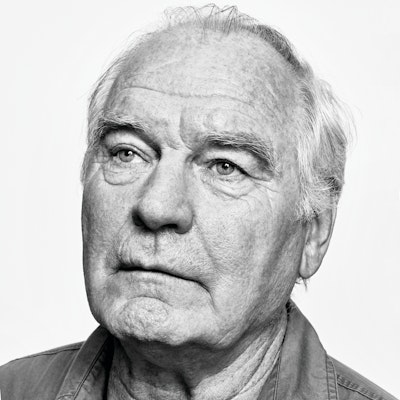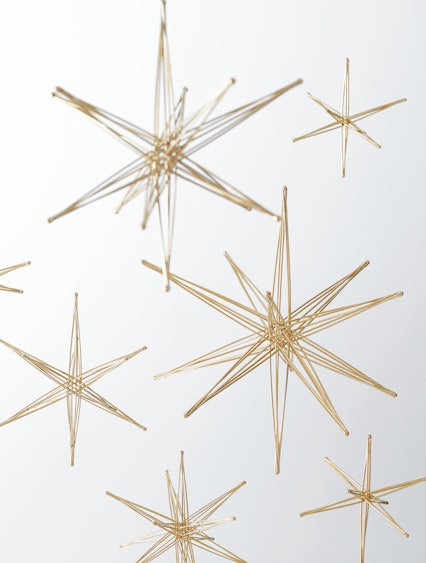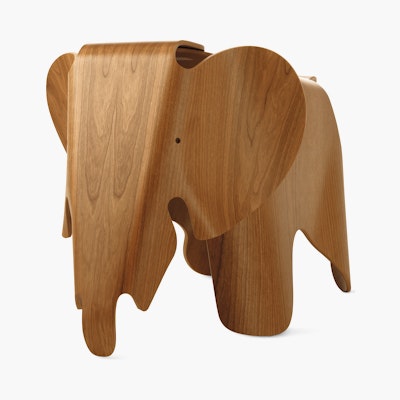4.9 out of 5 Customer Rating
Item No.
587488
Foldable Star Sculptures
C$ 250.00
4.9 out of 5 Customer Rating
Item No.
587488
Foldable Star Sculptures
C$ 250.00
Available to ship in:
- 14" DIA
Shipping Options
- Ships via FedEx
Return Options
Not satisfied with your purchase? We'll work with you to make it right. Contact us within three (3) days of your order’s delivery. Learn more.
DWR honors a one (1) year warranty on all products. Brand-specific warranties may extend to longer periods.
Designed by John Kostick for KOSTICKS
Manufacturer SKU:
Details
John Kostick’s Foldable Stars (1965) began as models of mathematical concepts, particularly the structural-relationship principle known as tensegrity (or tensional integrity). “The abstract lines that define geometric forms are indicated by actual physical parts that interact synergetically,” says the designer. “Thus symmetry and structural integrity are the results of the assemblage of simple linear components, tension and compression, push and pull.” Kostick refers to his Stars as “mathematical truths that you can hold in your hand,” and after you pick one up, you’ll have a hard time putting it down. They can be hung or placed on display, but they invite interaction, and they are fun to play with. Handcrafted in Massachusetts, these multi-axis Foldable Stars are made of bronze that will patina beautifully over time. Kostick was granted a patent for his Stars in 1970.
Set includes one of each size.
Set includes one of each size.
- Brand
- KOSTICKS
- General Dimensions
-
- 14" DIA
- Assembly
- Comes fully assembled
- Warranty
-
DWR honors a one (1) year warranty on all products. Brand-specific warranties may extend to longer periods.
- Item No.
- 587488

7" Diameter
- Diameter (in): 7

9" Diameter
- Diameter (in): 9

14" Diameter
- Diameter (in): 14
- Bronze

John Kostick
Inspiration struck for John Kostick when he attended a lecture by Buckminster Fuller in 1962. Kostick, a physics student at the time, realized he could illustrate and explore sophisticated mathematical concepts in a straightforward way by building models. The exploration of “mathematically interesting forms and innovative and effective ways to build them” has motivated him ever since.
More on John Kostick











